Lamb Cutting Diagram
Explore the Lamb: From Shoulder to Leg
Lamb butchery starts with understanding the big picture. The diagram above breaks down a side of lamb into its primal cuts—the main sections a butcher begins with. Each primal contains a range of retail cuts you’ll find at the store, each with its own characteristics, cooking methods, and flavor profiles.
Special Thanks To:
Primal Percentages of Carcass & Additional Data:


Edit Template

SHOULDER
Shoulder
23% of Hot Carcass Weight (HCW)
The Shoulder comes from the front portion of the lamb and includes both the blade and arm sections. It offers a rich, full flavor and tends to be more affordable. Because it’s a well-exercised area, shoulder cuts benefit from slow, moist cooking methods like braising or roasting to bring out their tenderness.
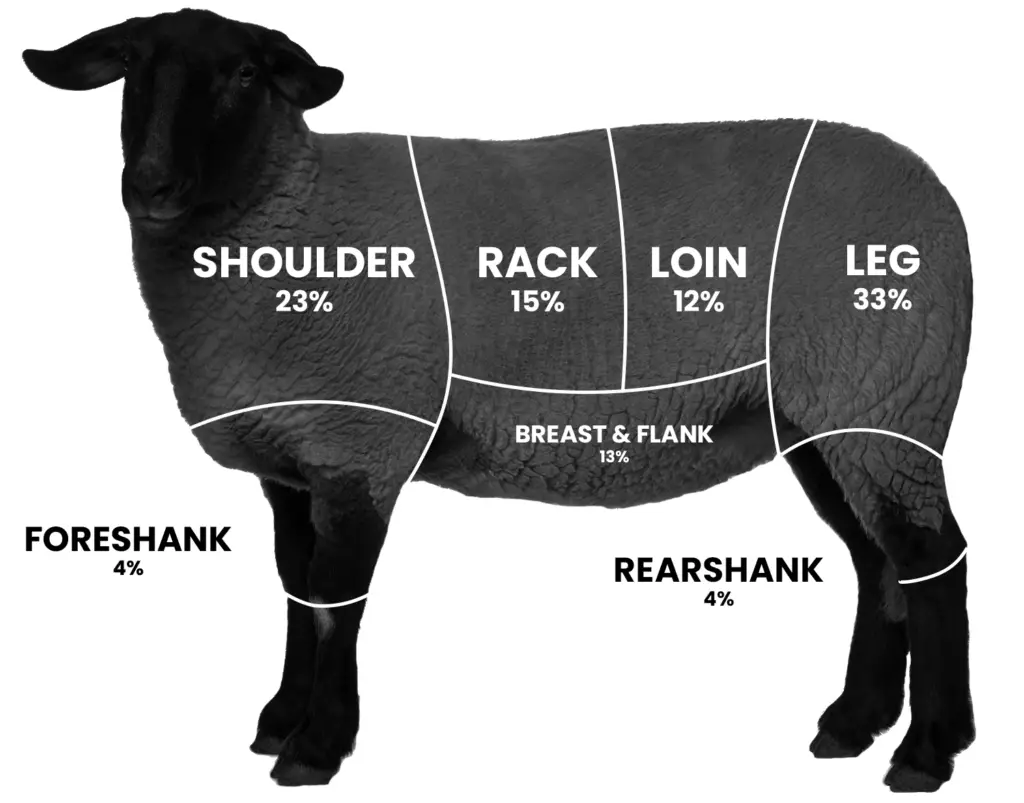
Some Cut Possibilities from the Shoulder
Please Note: You won’t receive all cuts listed below from a single animal. The final options depend on what you prioritize, and what your processor is able to provide. Depending on the number of cut options available from a single muscle, you can typically choose between two and four options for each primal area.
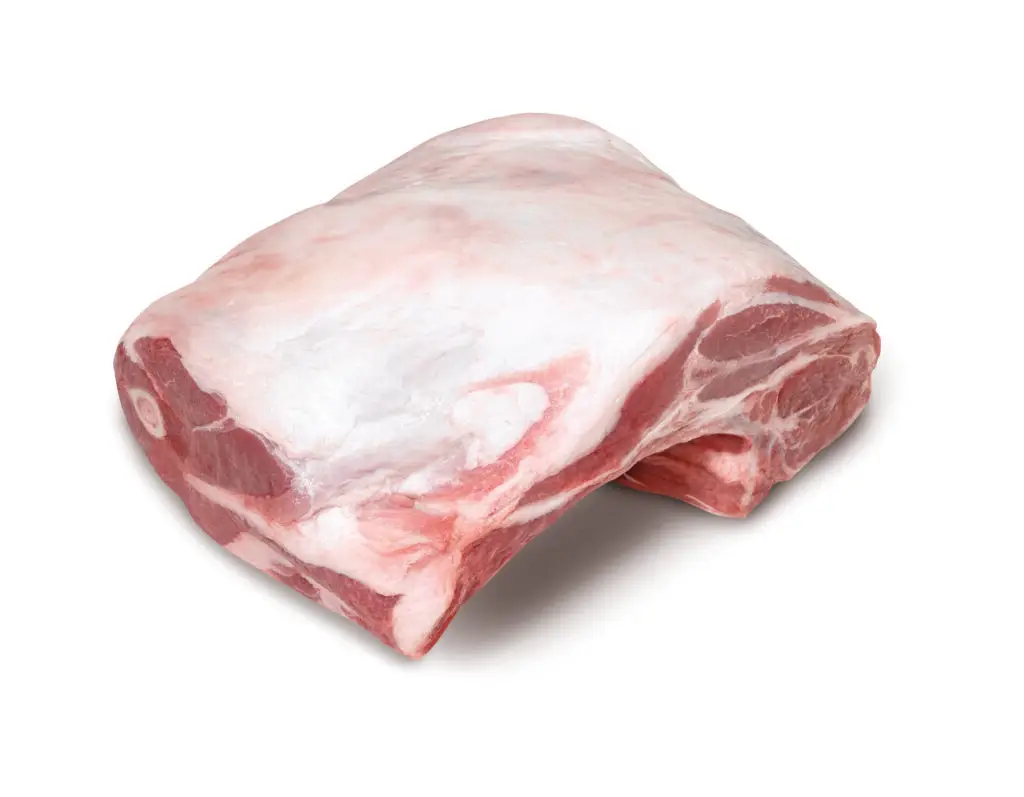
- Cooking Guide:
- Braise
- Roast
A bone-in roast that includes parts of the neck, blade, and arm. Best braised or slow-roasted to develop rich, tender meat.

- Cooking Guide:
- Braise
- Roast
Rolled and tied for even cooking, this boneless roast is leaner yet full of flavor. Ideal for roasting or braising with aromatics.
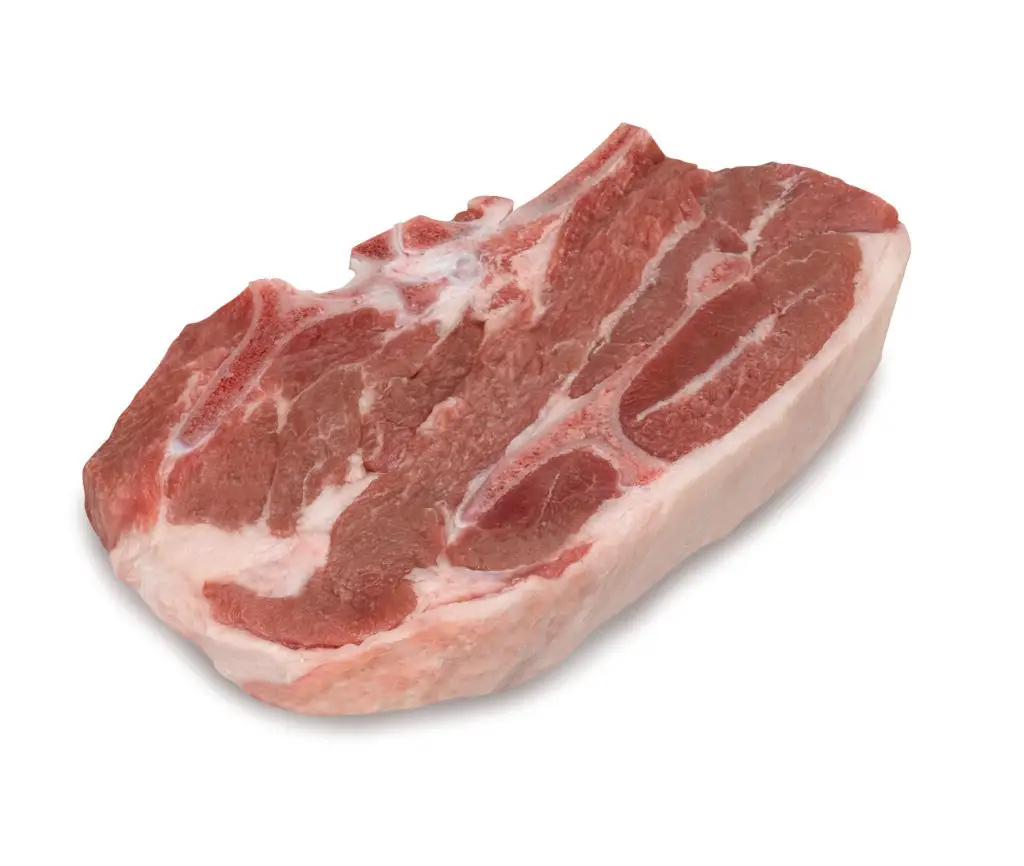
- Cooking Guide:
- Braise
- Grill or Broil
- Skillet
Cut from the shoulder blade, this chop is well-marbled and flavorful. Grill, braise, or pan-sear for juicy, tender results.
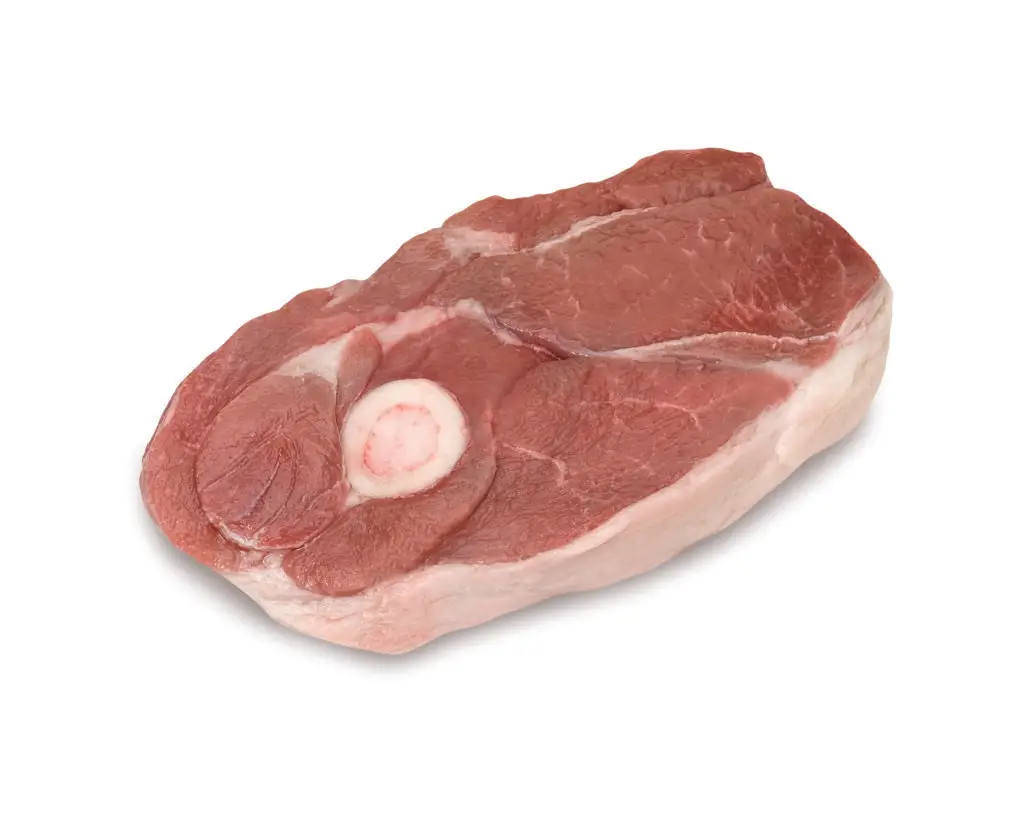
- Cooking Guide:
- Braise
- Grill or Broil
- Skillet
Taken from the lower shoulder, this bone-in chop has excellent lamb flavor. Best grilled or braised until melt-in-your-mouth tender.

- Cooking Guide:
- Braise
- Roast
Cross-cut rounds from the neck with lots of connective tissue. Perfect for braising or roasting slowly to unlock intense richness.
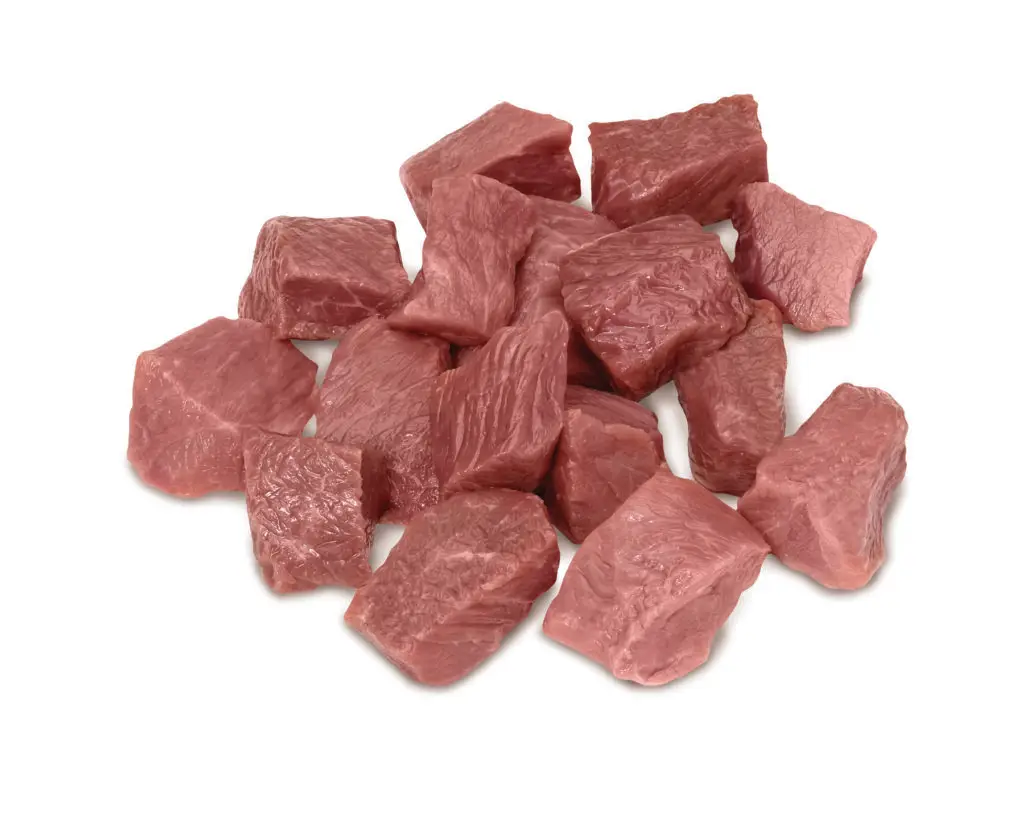
- Cooking Guide:
- Braise
Cubed from various parts of the shoulder, these pieces are ideal for slow-cooked stews where tenderness and flavor develop over time.
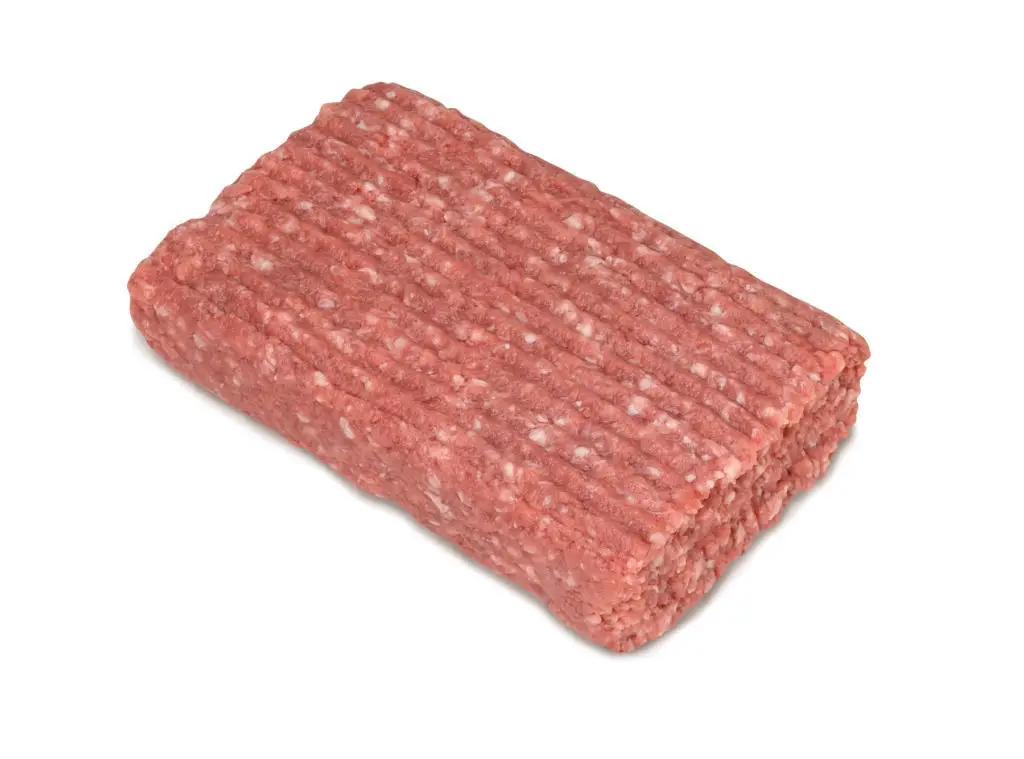
- Cooking Guide:
- Grill
- Sauté
Finely minced from various lamb cuts, ground lamb is rich and robust with a slightly gamey depth. Ideal for grilling and sautéing.
Special Thanks To:
Primal Percentages of Carcass & Additional Data:


Edit Template
RACK
Rack
15% of Hot Carcass Weight (HCW)
The Rack is cut from the upper rib section and is prized for its tenderness and elegant presentation. Often sold as rib chops or a whole crown roast, the rack is a premium cut best suited for dry-heat cooking methods like roasting or grilling to preserve its delicate texture and flavor.

Some Cut Possibilities from the Rack
Please Note: You won’t receive all cuts listed below from a single animal. The final options depend on what you prioritize, and what your processor is able to provide. Depending on the number of cut options available from a single muscle, you can typically choose between two and four options for each primal area.
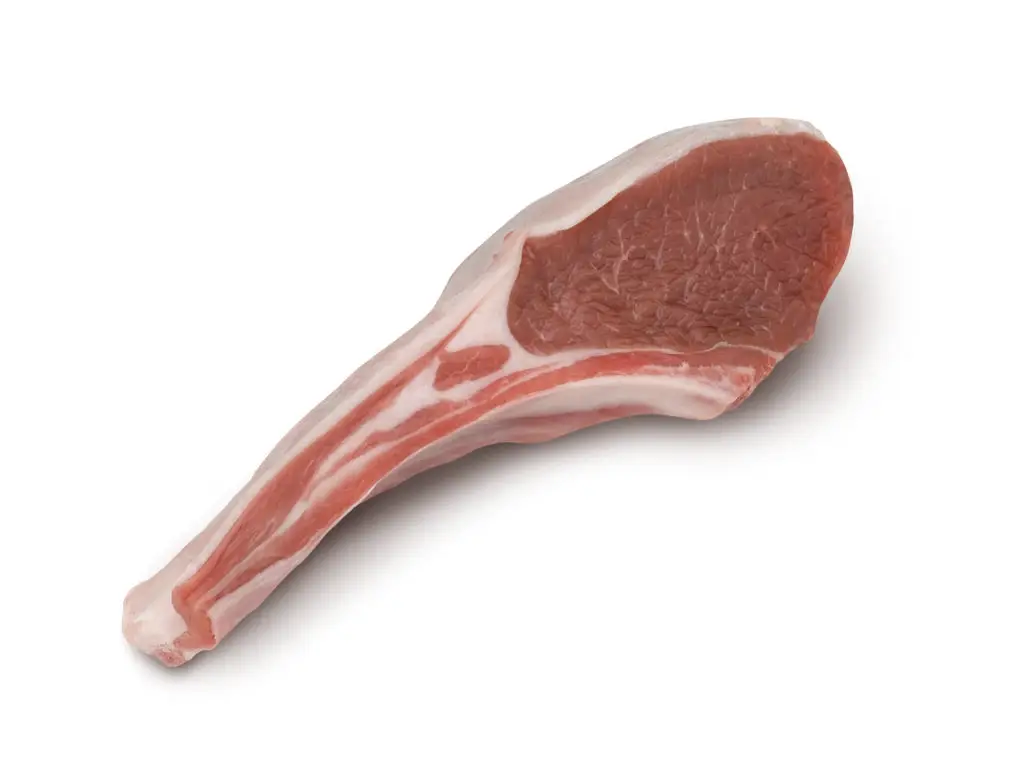
- Cooking Guide:
- Grill or Broil
- Skillet
- Roast
Single chops cut from the rib roast with a curved bone. Tender and flavorful — great for quick grilling or pan-searing.
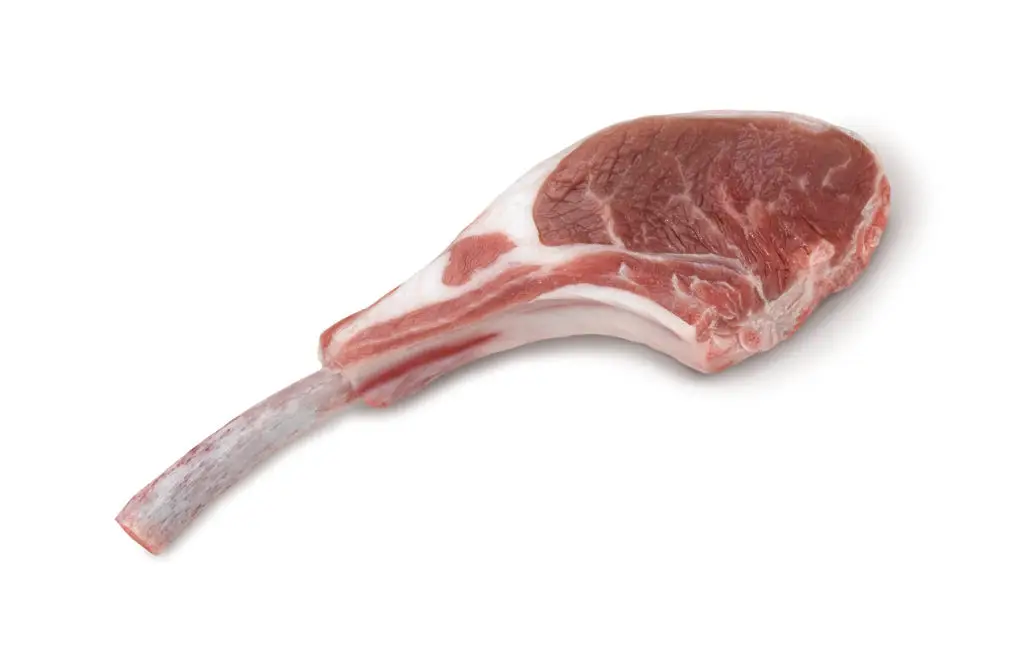
- Cooking Guide:
- Grill or Broil
- Skillet
- Roast
A rib chop with the bone meticulously cleaned of fat and meat. Elegant and tender, perfect for grilling or searing for fine dining.
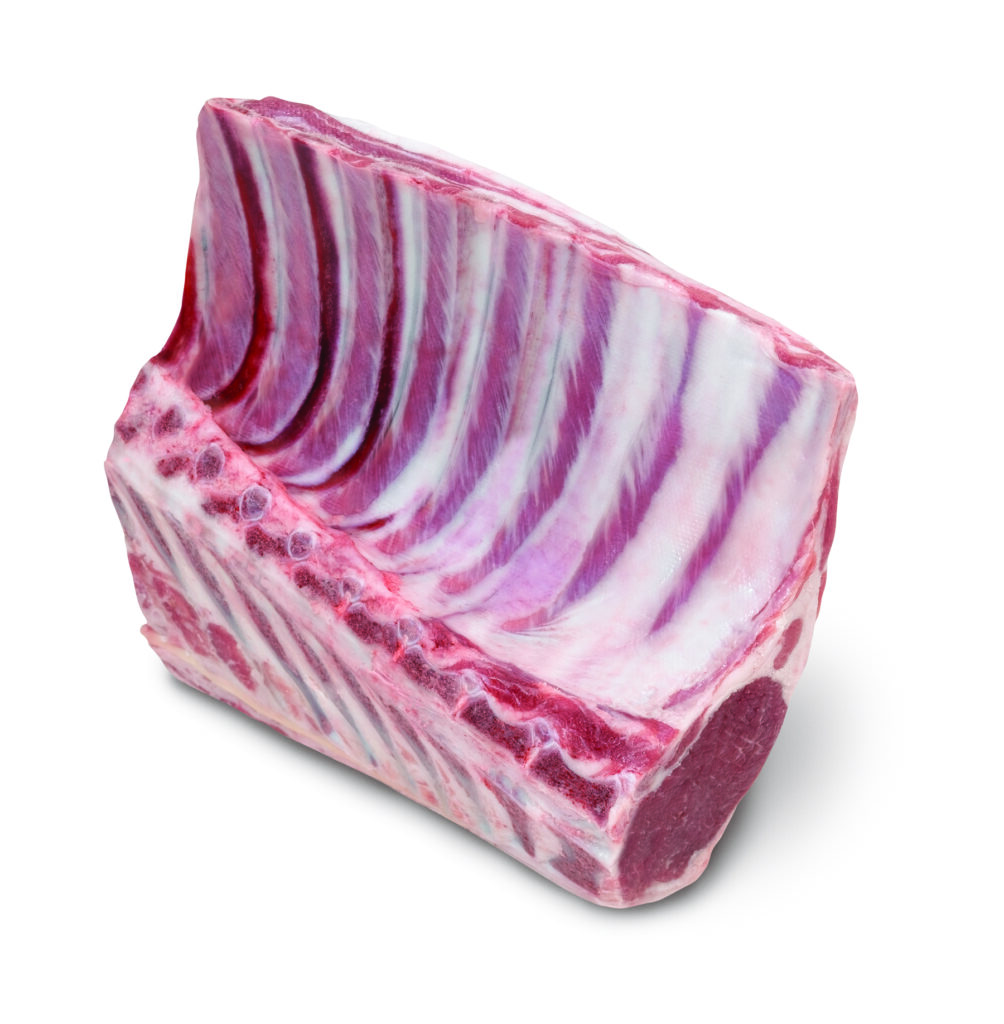
- Cooking Guide:
- Grill or Broil
- Roast
A whole, bone-in rack with rich flavor and tender meat. Roast whole or slice into chops for elegant plated servings.

- Cooking Guide:
- Grill or Broil
- Roast
A trimmed version of the rib roast with cleaned bone ends for a refined look. Ideal for high-heat roasting or carving tableside.

- Cooking Guide:
- Roast
Formed by tying two rib racks into a circle, this elegant centerpiece is perfect for roasting and serving as a festive showstopper.
Special Thanks To:
Primal Percentages of Carcass & Additional Data:


Edit Template
LOIN
Loin
12% of Hot Carcass Weight (HCW)
The Loin lies between the rib and leg and is known for producing some of the most tender and desirable cuts. It’s often sold as loin chops or roasts, and is best cooked with high, dry heat such as broiling, grilling, or pan-searing to highlight its naturally mild flavor.

Some Cut Possibilities from the Loin
Please Note: You won’t receive all cuts listed below from a single animal. The final options depend on what you prioritize, and what your processor is able to provide. Depending on the number of cut options available from a single muscle, you can typically choose between two and four options for each primal area.

- Cooking Guide:
- Roast
A lean, tender cut ideal for roasting whole—perfect for slicing and serving at family dinners or special occasions.
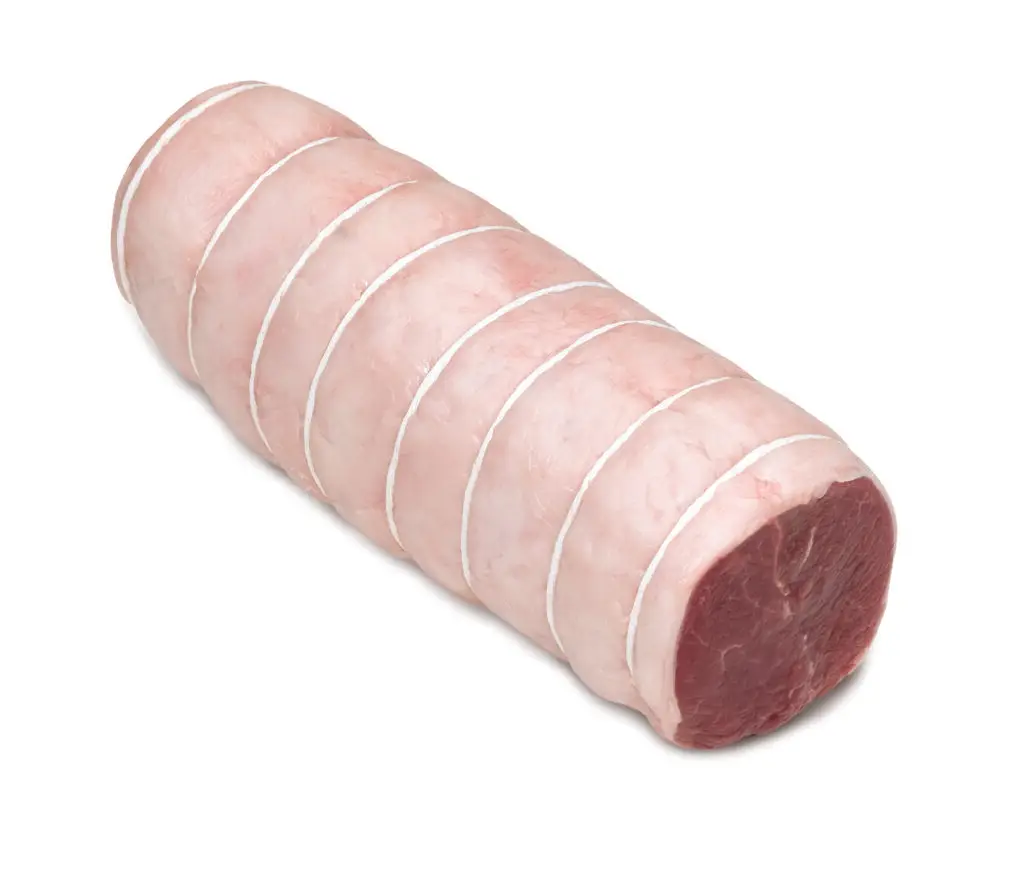
- Cooking Guide:
- Roast
Two boneless loins tied together for a thicker roast; juicy, lean, and perfect for slow roasting with robust flavor.

- Cooking Guide:
- Broil
- Grill
- Panfry
A classic lamb chop that’s lean and tender—great for grilling, panfrying, or broiling for a quick, flavorful meal.
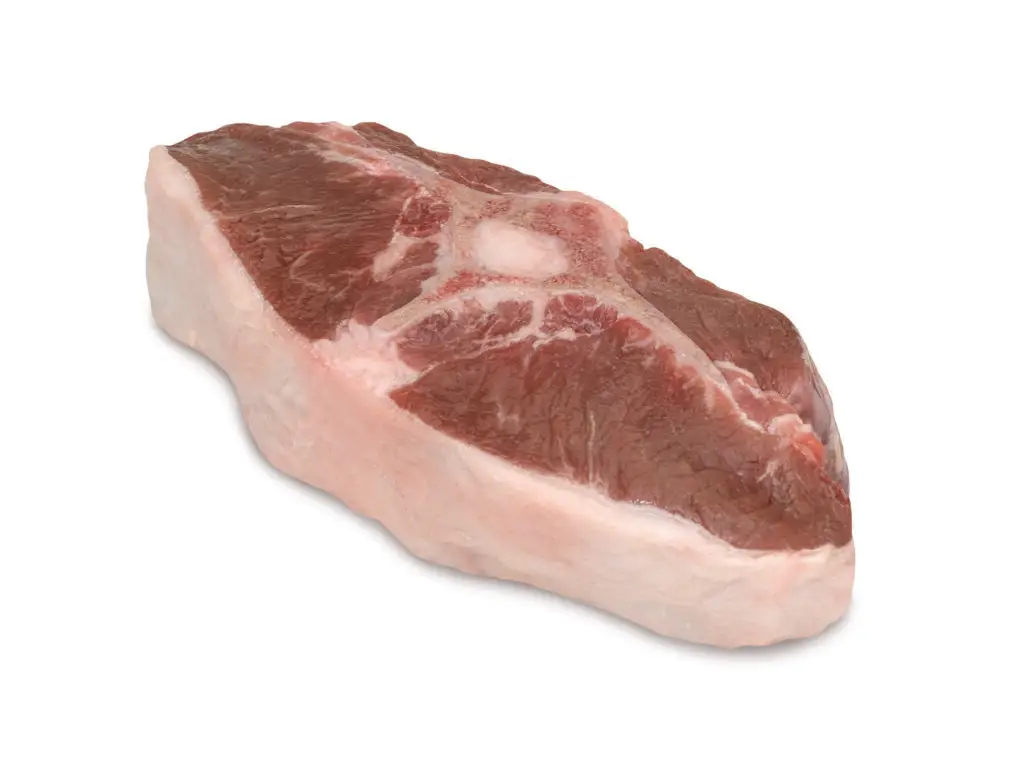
- Cooking Guide:
- Broil
- Grill
- Panfry
Thicker, juicier version of a loin chop—perfect for high-heat grilling or broiling with exceptional tenderness and pork flavor.

- Cooking Guide:
- Broil
- Grill
- Roast
Exceptionally tender and lean, this premium cut cooks quickly and evenly—ideal for roasting, grilling, or slicing into medallions.
Special Thanks To:
Primal Percentages of Carcass & Additional Data:


Edit Template
LEG
Leg
33% of Hot Carcass Weight (HCW)
The Leg comes from the hindquarters of the lamb and is one of the most versatile and meaty cuts. Whether bone-in or boneless, the leg is ideal for roasting, grilling, or braising. It’s a centerpiece-worthy cut that’s flavorful, lean, and well-suited for special occasions.

Some Cut Possibilities from the Leg
Please Note: You won’t receive all cuts listed below from a single animal. The final options depend on what you prioritize, and what your processor is able to provide. Depending on the number of cut options available from a single muscle, you can typically choose between two and four options for each primal area.

- Cooking Guide:
- Roast
Flavorful cut perfect for roasting whole, offering lean, tender meat that’s great for carving and special occasions.
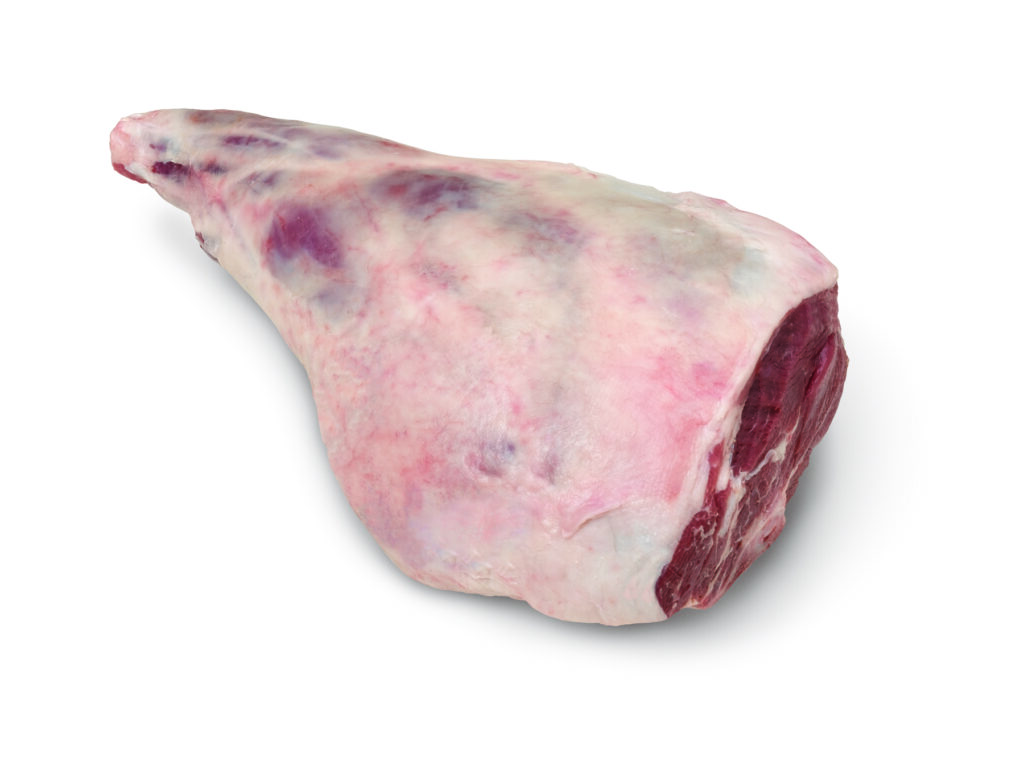
- Cooking Guide:
- Roast
This trimmed leg roast is ideal for slow cooking, delivering tender, juicy pork with bold, developed flavor.
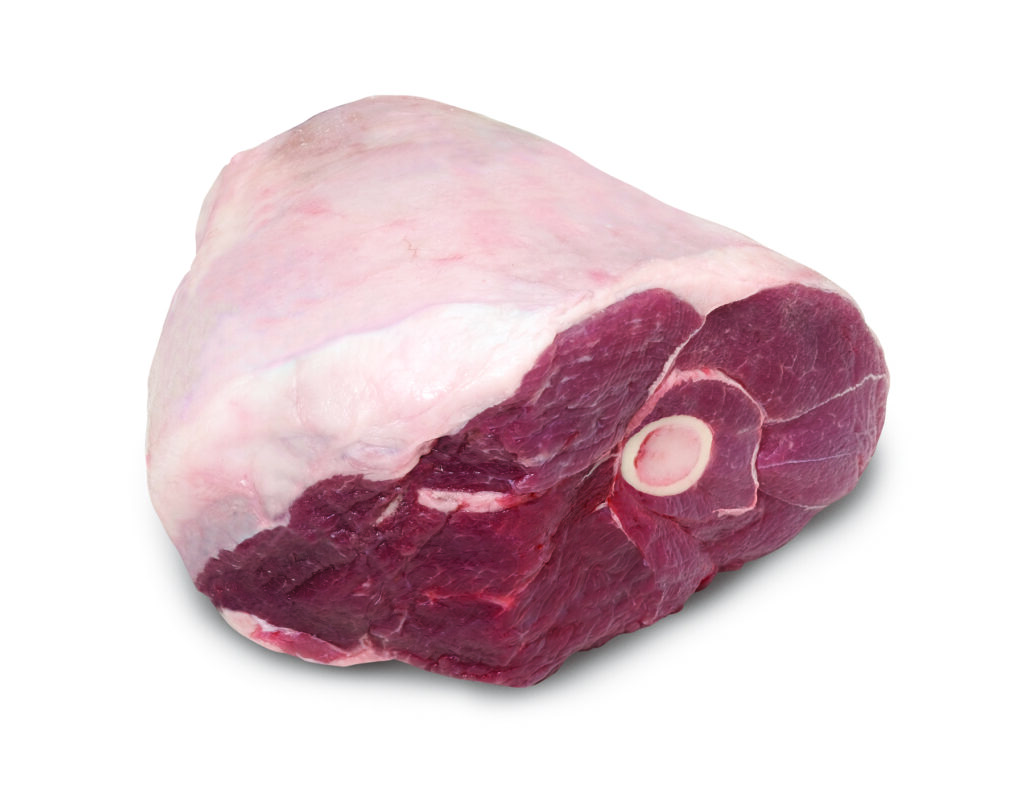
- Cooking Guide:
- Roast
Boneless and lean, this roast is great for slow roasting, offering tender, flavorful meat ideal for slicing or shredding.

- Cooking Guide:
- Broil
- Grill
- Panfry
Lean and meaty, this steak is best grilled or broiled, delivering bold pork flavor in a quick-cooking format.
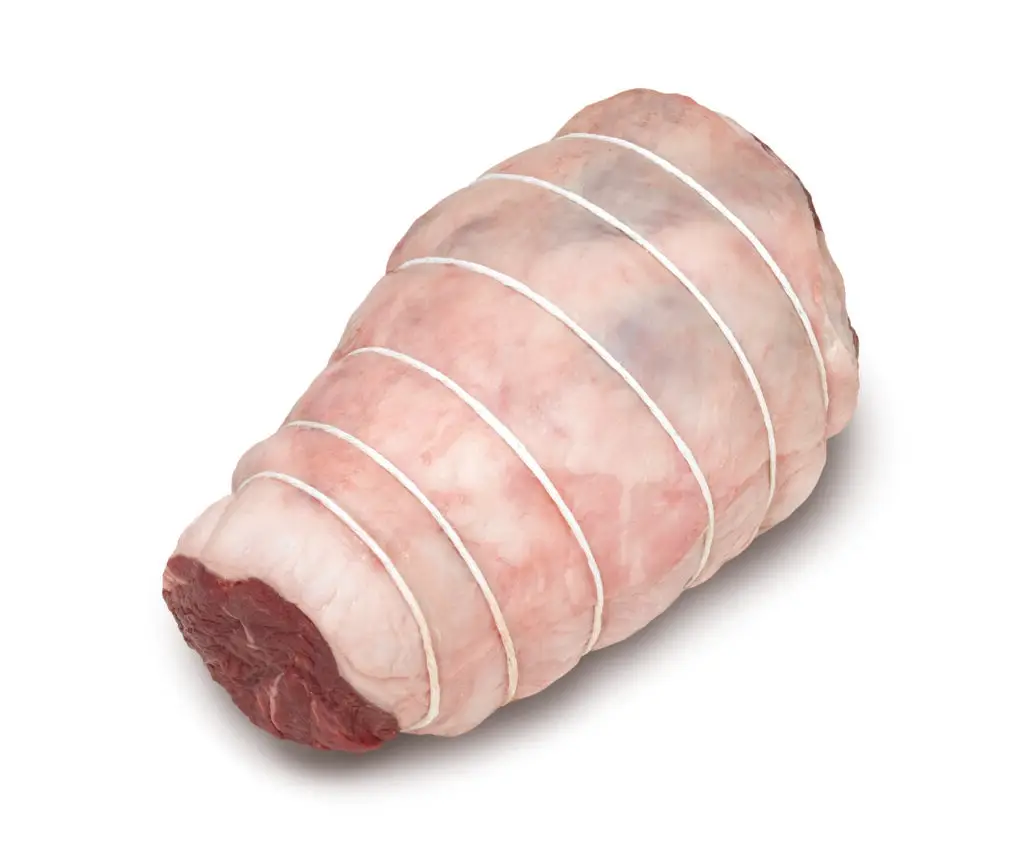
- Cooking Guide:
- Roast
Lean and boneless, this roast is perfect for slow roasting, shredding easily while delivering rich, meaty flavor.

- Cooking Guide:
- Broil
- Grill
- Roast
A lean leg cut great for roasting or grilling, offering robust pork flavor and best when sliced thin after cooking.

- Cooking Guide:
- Braise
- Broil
- Grill
Bite-sized pieces ideal for skewering and grilling, perfect for marinades and high-heat cooking with bold flavor.

- Cooking Guide:
- Braise
- Broil
- Grill
- Panfry
Cut from the leg with excellent flavor, sirloin chops are best grilled or braised for tender, juicy results.

- Cooking Guide:
- Broil
- Grill
- Roast
Lean and easy to carve, this roast delivers deep flavor when grilled, roasted, or cooked low and slow.
Special Thanks To:
Primal Percentages of Carcass & Additional Data:


Edit Template
FORESHANK
Foreshank
4% of Hot Carcass Weight (HCW)
The Foreshank is taken from the front leg of the lamb and contains a high amount of connective tissue. It’s a tough cut that transforms beautifully when slow-cooked, becoming fork-tender and deeply flavorful — perfect for braises, stews, or osso buco-style dishes.

Some Cut Possibilities from the Foreshank
Please Note: You won’t receive all cuts listed below from a single animal. The final options depend on what you prioritize, and what your processor is able to provide. Depending on the number of cut options available from a single muscle, you can typically choose between two and four options for each primal area.

- Cooking Guide:
- Braise
Cut from the lower front leg, the foreshank is full of connective tissue and flavor. Best when braised slowly until fall-apart tender.

- Cooking Guide:
- Braise
Cut from the lower back leg, the rearshank is full of connective tissue and flavor. Best when braised slowly until fall-apart tender.
Special Thanks To:
Primal Percentages of Carcass & Additional Data:


Edit Template
BREAST
Breast & Flank
13% of Hot Carcass Weight (HCW)
The Breast & Flank region includes the lower chest and belly area. These cuts are typically tougher and fattier, making them excellent candidates for low-and-slow cooking methods like roasting or braising. They can also be used for making riblets or Denver-style ribs.

Some Cut Possibilities from the Breast
Please Note: You won’t receive all cuts listed below from a single animal. The final options depend on what you prioritize, and what your processor is able to provide. Depending on the number of cut options available from a single muscle, you can typically choose between two and four options for each primal area.

- Cooking Guide:
- Braise
- Broil or Grill
- Roast
These ribs are best braised or grilled, delivering deep flavor and tenderness with slow, steady cooking.

- Cooking Guide:
- Braise
- Boil or Grill
Small, flavorful pieces from the rib sectionideal for grilling or braising, offering a satisfying bite with bold lamb flavor.

- Cooking Guide:
- Grill
- Sauté
Finely minced from various lamb cuts, ground lamb is rich and robust with a slightly gamey depth. Ideal for grilling and sautéing.
Special Thanks To:
Primal Percentages of Carcass & Additional Data:


Edit Template
REARSHANK
Rearshank
4% of Hot Carcass Weight (HCW)
The Rearshank comes from the lower part of the hind leg, just below the leg roast. Like the foreshank, it contains a lot of collagen, making it ideal for slow, moist cooking methods. When braised or stewed, the rearshank yields rich, flavorful meat and a silky texture.

Some Cut Possibilities from the Rearshank
Please Note: You won’t receive all cuts listed below from a single animal. The final options depend on what you prioritize, and what your processor is able to provide. Depending on the number of cut options available from a single muscle, you can typically choose between two and four options for each primal area.

- Cooking Guide:
- Braise
Cut from the lower back leg, the rearshank is full of connective tissue and flavor. Best when braised slowly until fall-apart tender.
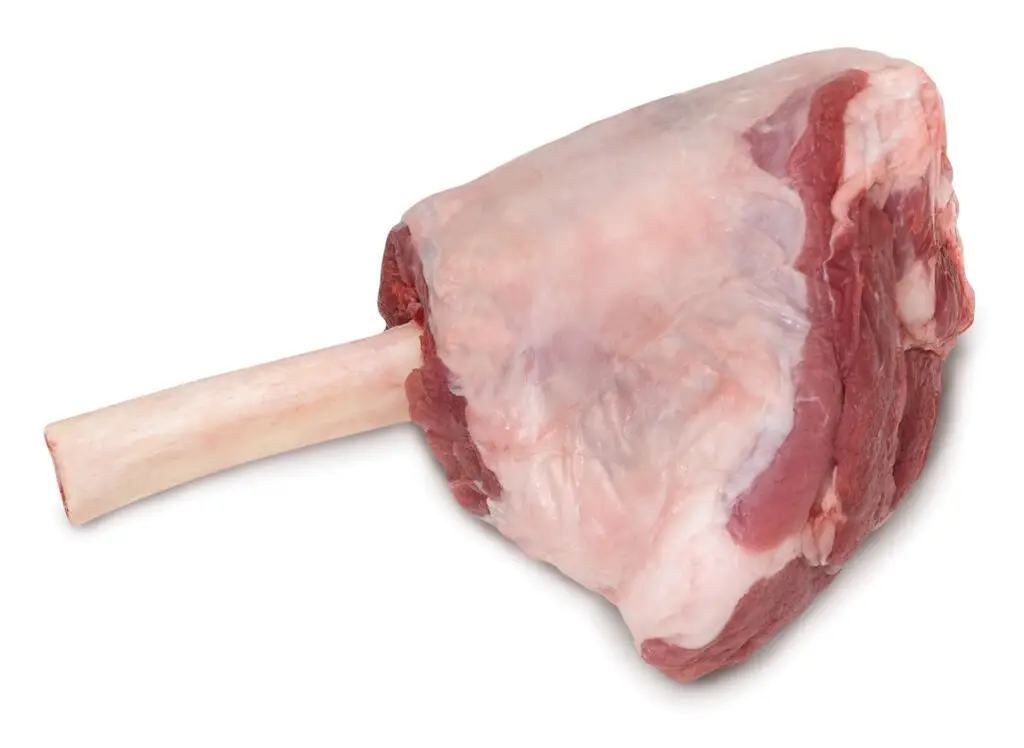
- Cooking Guide:
- Braise
Flavorful, this bone-in cut is rich in connective tissue, becoming melt-in-your-mouth tender when braised slowly.

- Cooking Guide:
- Braise
Cut from the lower back leg, the rearshank is full of connective tissue and flavor. Best when braised slowly until fall-apart tender.
Special Thanks To:
Primal Percentages of Carcass & Additional Data:


Edit Template